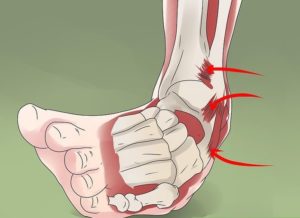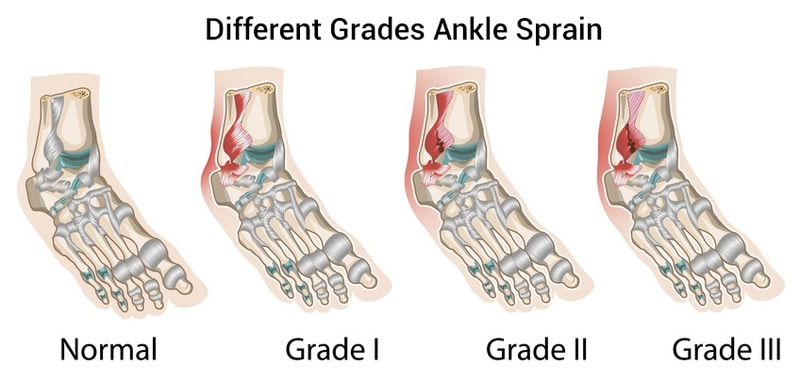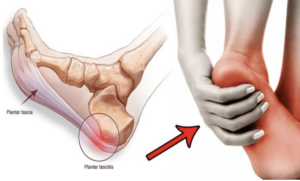
Anatomy
A ligament is the stretchy, tough band of tissue that connects muscles to adjacent bones, keeping the joint stable and allowing you to perform movements. All ligaments have a normal range of motion, and when a ligament is forced to stretch beyond this range –usually as a result of the foot turning inward suddenly-, a sprain develops. Any joint can be sprained, but ankles and wrists sprains are the most common.
Symptoms
The symptoms of a sprained ankle include:
- Pain
- Swelling
- Bruising
- Joint instability
- Reduced range of motion
- Popping sound when the injury occurs
Treatment
If you suspect you have a sprained ankle, you should always see a physio to assess the condition and rule out more severe injuries, such as fractures. A physio should always be in charge of your treatment plan to ensure your ankle heals correctly.
Sprains are classified by grades, ranging from 1 to 3. The treatment for a sprained ankle will largely depend on its severity, and your doctor will be the one to determine the grade of your injury. X-rays and MRIs are commonly used to confirm the diagnosis and assess its severity. Ankle sprains are classified as:
- Grade 1: mild damage to the ligaments, without joint instability.
- Grade 2: partial tear of the ligament.
- Grade 3: complete tear of the ligament, with joint instability.

Grade 3 ankle sprains can require surgery. An arthroscopy or reconstruction surgery might be necessary if the damage to the ligament is too severe, the sprained ankle hasn’t healed after non-surgical treatment, or if your doctor believes it is necessary to explore the joint looking for any bone or cartilage fragments which can hinder the healing process. After surgery, rest and rehabilitation are necessary in order to make a full recovery.



